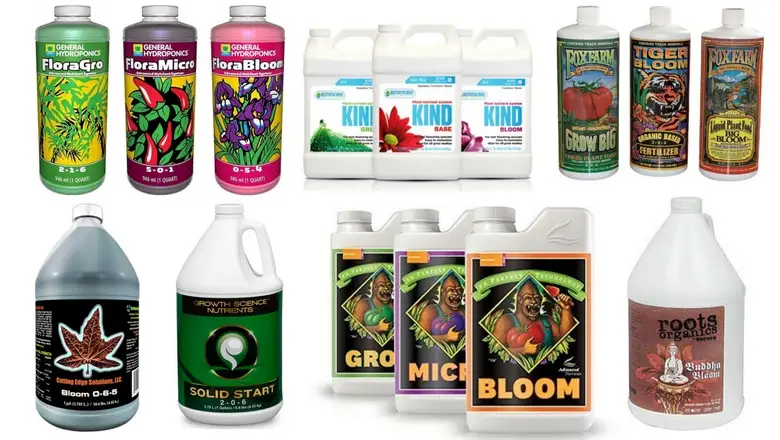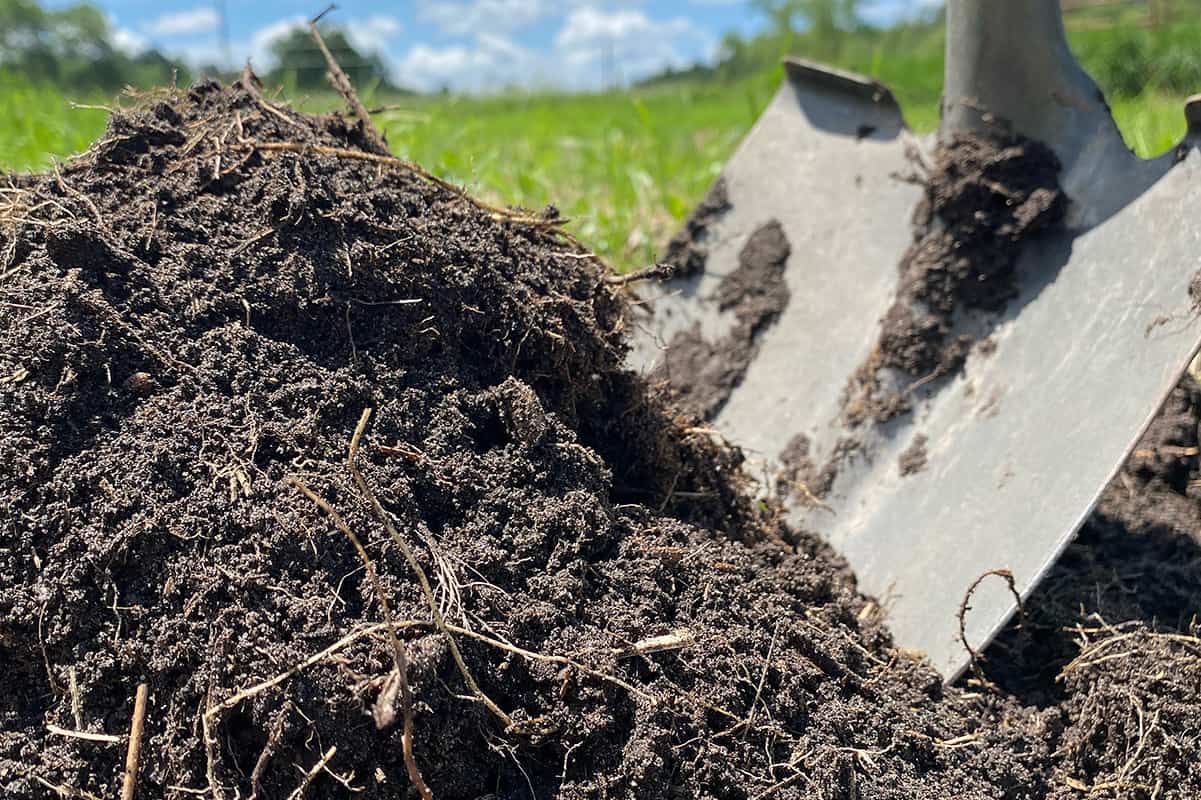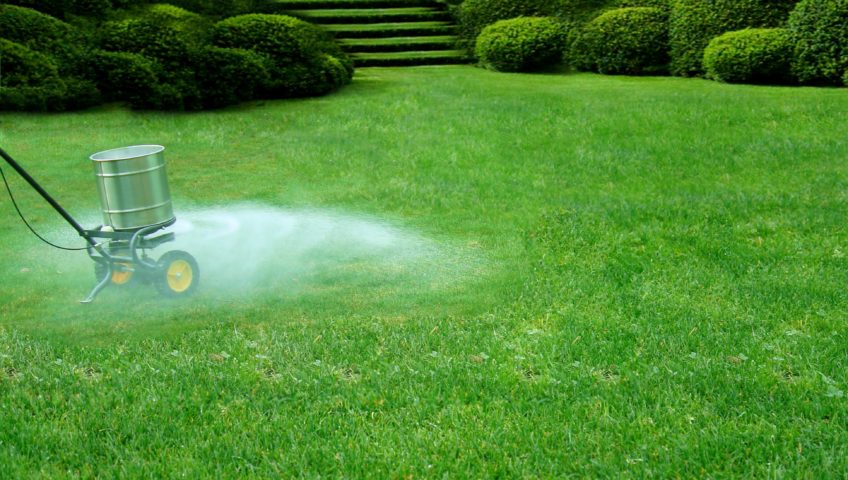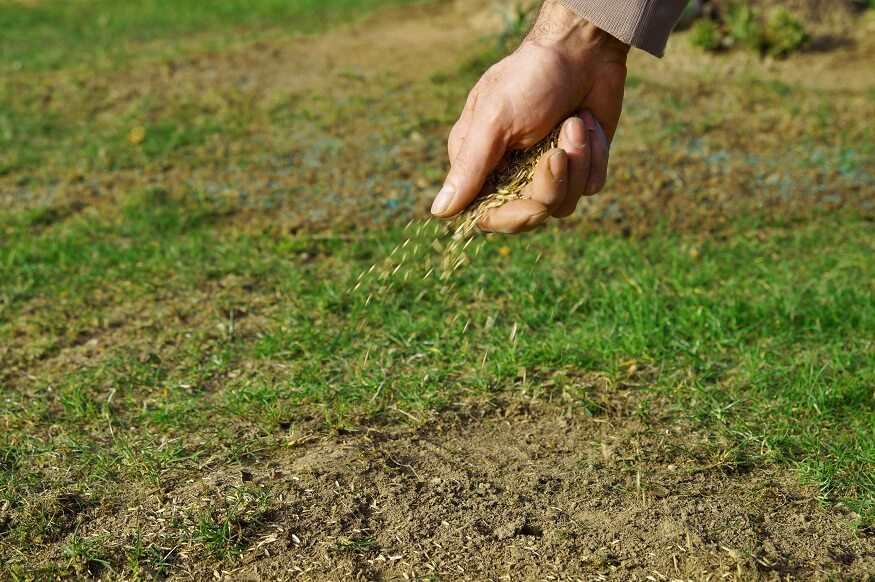Best Fertilizer For Bell Peppers of 2024
Lorin Nielsen Apr 20, 2024 12:59 AM
In this review, the Gilsons Lyceum Reviews Team researched the 9 best fertilizer for bell peppers to help you find the product that’s right for you and your garden. You can see some famous brands as Greenway Biotech, Inc., Espoma, Miracle-Gro, Jobe's, Dr. Earth.

Overview
Choosing the right fertilizer for peppers isn't always straightforward. Chili peppers have specific requirements. You must ensure that your plants are receiving the nutrients they need at the proper moment to ensure that you obtain the largest, tastiest peppers possible.
To help you decide which fertilizer is most suited for your pepper plants, we've compiled a list of considerations to keep in mind.
- SCORE9.6AI Score
G Score is a ranking system developed by our team of experts (people love working outdoors with people and plants). It from 0 to 10 are automatically scored by our team based upon the data collected. This score has no relationship or impact from any manufacturer or sales agent websites. Learn more
- BrandMiracle-Gro
- Prime
- SCORE9.5AI Score
G Score is a ranking system developed by our team of experts (people love working outdoors with people and plants). It from 0 to 10 are automatically scored by our team based upon the data collected. This score has no relationship or impact from any manufacturer or sales agent websites. Learn more
- BrandJobe's
- Prime
- SCORE9.5AI Score
G Score is a ranking system developed by our team of experts (people love working outdoors with people and plants). It from 0 to 10 are automatically scored by our team based upon the data collected. This score has no relationship or impact from any manufacturer or sales agent websites. Learn more
- BrandDr. Earth
- Prime
Pepper and Herb Fertilizer 11-11-40 Powder 100% Water Soluble Plus Micro Nutrients and Trace Minerals Greenway Biotech Brand 2 Pounds (Makes 400 Gallons)
View on Amazon- SCORE9.4AI Score
G Score is a ranking system developed by our team of experts (people love working outdoors with people and plants). It from 0 to 10 are automatically scored by our team based upon the data collected. This score has no relationship or impact from any manufacturer or sales agent websites. Learn more
- BrandGreenway Biotech, Inc.
- SCORE9.4AI Score
G Score is a ranking system developed by our team of experts (people love working outdoors with people and plants). It from 0 to 10 are automatically scored by our team based upon the data collected. This score has no relationship or impact from any manufacturer or sales agent websites. Learn more
- BrandEspoma
- Prime
Pepper and Herb Fertilizer 11-11-40 Powder 100% Water Soluble Plus Micro Nutrients and Trace Minerals Greenway Biotech Brand 5 Pounds (Makes 1000 Gallons)
View on Amazon- SCORE9.4AI Score
G Score is a ranking system developed by our team of experts (people love working outdoors with people and plants). It from 0 to 10 are automatically scored by our team based upon the data collected. This score has no relationship or impact from any manufacturer or sales agent websites. Learn more
- BrandGreenway Biotech, Inc.
Pepper and Herb Fertilizer 11-11-40 Powder 100% Water Soluble Plus Micro Nutrients and Trace Minerals Greenway Biotech Brand 1 Pound (Makes 200 Gallons)
View on Amazon- SCORE9.2AI Score
G Score is a ranking system developed by our team of experts (people love working outdoors with people and plants). It from 0 to 10 are automatically scored by our team based upon the data collected. This score has no relationship or impact from any manufacturer or sales agent websites. Learn more
- BrandGreenway Biotech, Inc.
- SCORE9.2AI Score
G Score is a ranking system developed by our team of experts (people love working outdoors with people and plants). It from 0 to 10 are automatically scored by our team based upon the data collected. This score has no relationship or impact from any manufacturer or sales agent websites. Learn more
- BrandMiracle-Gro
- Prime
- SCORE9.0AI Score
G Score is a ranking system developed by our team of experts (people love working outdoors with people and plants). It from 0 to 10 are automatically scored by our team based upon the data collected. This score has no relationship or impact from any manufacturer or sales agent websites. Learn more
- BrandJobe's
- Prime
Last update on 2024-04-20 / Affiliate links / Images, Product Titles, and Product Highlights from Amazon Product Advertising API
Essentials for Pepper Growth and Development
Nitrogen
Nitrogen is necessary for healthy leaf and stem development because it stimulates quick and healthy growth. Using a high-nitrogen fertilizer is necessary if the soil lacks the necessary quantity of nitrogen to enable healthy leaf and stem development Leaf growth is critical at this stage because it's here that energy synthesis takes place, so if they're plentiful, they can store more energy for later use when peppers begin to produce pods. In addition, pepper stems are typically weak, so adding nitrogen will strengthen the stems and allow the fruit to mature properly.
Phosphate
Because it aids in the uptake of nutrients from the root to the plant, phosphate is a critical nutrient for pepper plants. On the other hand, it promotes cell division and the growth of new tissues in plants, helping to synthesize protein essential for strong roots. A lack of phosphate in the soil can cause stunted growth, reddish or purplish pigments to accumulate on the leaves, and little or no flower pods to be produced. A shortage of phosphorus, which aids in nutrient uptake and root development, causes these symptoms due to inadequate root establishment and nutritional deficiency.
Potassium
Peppers need potassium to create their fruit and vegetables, so it's an important macronutrient for them. Plant protein content is increased as a result of it helping and regulating the photosynthesis process and activating enzymes. Photosynthesis is enhanced as well as water movement is facilitated by its presence. Stubborn growth, yellowing margins or edges, and inability to withstand environmental changes are all signs that your pepper is lacking potassium in the soil. In the absence of potassium, peppers may not be able to adapt to environmental changes and may not be able to produce when the weather changes, thereby affecting their yield.
NPK ratio for bell peppers
Bell peppers have an NPK ratio of N-5, P-10, K-10.
Phosphorus (P) and potassium (K) comprise the acronym NPK (K). There are three figures here, one for each nutrient's relative amount. This means that nitrogen will be used up first, before either phosphorous or potassium are added to the soil. Phosphorus, at 10%, should be the next element on the list, followed by 10%. To be considered a complete fertilizer, it would include all three nutrients.
This trio is present in all fertilizers, but the proportions vary, so be sure to check the labels before you buy. As a result, your progress will be slowed down.
What is the Best Fertilizer For Pepper Plants?
When it comes to pepper fertilizer, it all comes down to how far along in the growing cycle your plants are at the moment. Once your pepper plants reach a particular size, you must ensure that they receive the nutrients they need to thrive.
Pepper plants require more nitrogen in their early stages (N). This encourages them to produce a lot of leaves and develop a strong foundation for their growth. What's the big deal? Because a plant's ability to harness solar energy increases with the size of its leafy canopy. When the plant starts to produce pods, this will be extremely beneficial.
Next, wait till your plants begin to bloom before moving on. Plants need more phosphate and potassium to begin producing pepper pods, but they don't need as much nitrogen yet.
The leaves will continue to grow as long as the plants receive the same quantity of nitrogen and insufficient amounts of phosphate (P) and potassium (K). Although the plant appears to be robust, it will struggle to produce peppers. It is critical that the plant receives the proper nutrients at the appropriate time.
Fortunately, there are a number of options available. You can select a formula that is well-balanced and long-lasting to meet the needs of your plants throughout the growing season. Alternatively, you can alter the fertilizer you use based on the stage of growth at which your plants are at.
When to Fertilize Pepper Plants?
Many first-time gardeners may use the correct fertilizer, but they may do so at the wrong time of year. As a result, you may end up overfeeding or underfeeding your crops. You won't obtain the results you want if they don't get what they need when they need it.
Spring is the ideal time to plant peppers, as long as the temperature stays above 55 degrees Fahrenheit throughout that time. When seedlings are put in the ground, nitrogen-rich fertilizer should be applied. Aim for about four or five inches before transplanting.
Plant after adding fertilizer to the soil's top two or three inches. Avoid overfertilizing the plants at this stage, but do provide them with what they require to develop robust roots, stems, and leaves. All of these are essential for pepper growth in the future.
If you're using a slow-release fertilizer, it may persist for several months and you may not need to supplement it with additional fertilizer. However, the only way to know for sure is to have your soil tested throughout the growing season.
How to Fertilize Pepper Plants?
The method of application of fertilizer is determined on the type you select.
Extended-release granular fertilizer is common. A water-permeable coating is applied to each granule. Fertilizer is gently released into the soil over time when water penetrates the surface and mixes with the nutrients inside, as well as as the temperature of the soil changes.
The amount of granular fertilizer you should use is highly variable and should be followed according to the manufacturer's instructions. The correct amount of granules should be measured out and mixed into the first several inches of soil. Afterwards, water as usual.
Dissolvable powders and liquid fertilizers are fundamentally the same. Premixed liquid and powder are applied to your plants in a predetermined ratio. A watering can or sprayer works well for this.
Synthetic fertilizer, in particular, should be put to the soil at the roots because it has a high risk of burning the stems or leaves.
However, some fertilizers come with instructions that allow you to apply them directly to the leaves. It is possible to use a spray bottle to apply the combination in this scenario, as it is not as potent.
Apply the fertilizer in the early morning or late evening if you decide to go this route. Even at a lower concentration, if you apply it to leaves in the middle of the day when the sun is intense and hot, it could burn the leaves.
Always read the instructions on the package, as each brand is different. You'll get step-by-by-step directions and even measuring scoops in some cases, so you'll never have to guess how much product to use again.
Choosing the correct plant for your yard can be a daunting task, since there are so many possibilities to select from.
Keep in mind that while peppers are sprouting, they require different care than when they are producing pepper pods. As a result, it isn't necessary that fertilization them be difficult. Easy to use fertilizers can be found on the market.
It doesn't matter whether you're looking for a quick-acting synthetic liquid or an all-natural earthworm castings solution, we have a wide variety of options for you. The finest results can be achieved if you follow the directions to the letter. Each brand has its own unique characteristics.
A soil test is the greatest option if your results aren't what you'd like them to be. Unless you do this, you'll never know exactly what your plants require or when they'll actually use it.
.png)






















